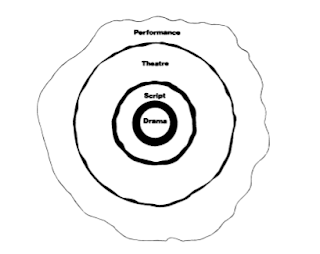Breaking and Making Structures
I was only 14. They plucked the wishes out of my skin. From my brows and from my upper lip. I was only 14. They told me that excessive wishes aren’t for beautiful ladies. And they plucked some more. Ouch! I was only 14. The thread pierced my skin. The plucker reached where the thread couldn’t. And the hot wax caramelized my skin. For I had to look white and clean. I was only 14. I knew that bees sting. But the taste of honey was sweet. The honey bee wax was only sugar coated. Ready to swallow and burn my skin. I was only 14. मैं मादा हूँ समाज की औरत बनकर मेरे मादापन पर कलंक नहीं लगाऊंगी लेकिन इस मादा को झुठलाऊंगी भी नहीं ना ही इस मादापन को बाँहों में लेकर सहलाऊंगी मैं मादा हूँ और उसका सच बताऊँगी, जताऊँगी रजस्वला से लेकर कामुक होने तक की असलियत बताऊंगी मेरे मादापन का रसायनों से, ना कि सिर्फ रसों से ताल्लुक – यह चित्तवृत्ति में लाऊंगी मैं मादा हूँ और रहूँगी। They said, "We,...


